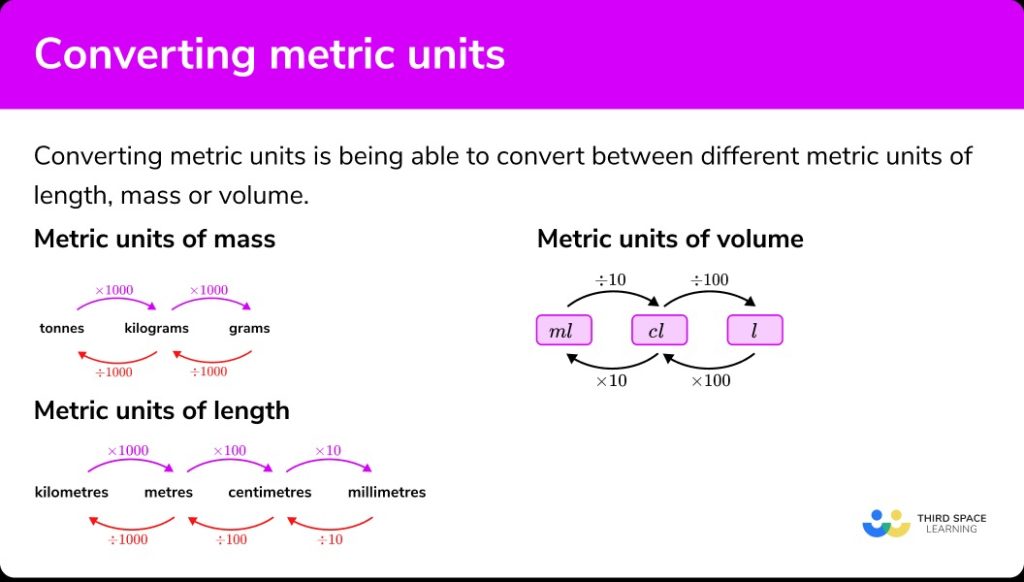From academic work to professional initiatives, many activities depend on an awareness of length unit conversions. Knowing how to transition between units helps simplify computations whether working on mathematical problems or material measurements. Common conversions individuals need from centimeters to a millimeter that is, from 16.5cm to mm. Learning fundamental conversion methods will help you to save time and prevent mistakes. This page will walk you through easy techniques for effective conversion between many length units. You will easily and confidently manage unit conversions if you approach them clearly.
Knowing the Metric System
Worldwide length, weight, and volume are measured using the metric system most often. Operating on a decimal-based system, it makes logical and simple conversions. The metric system’s length units—millimeters, centimeters, meters, and kilometers—each vary by factors of ten. When converting between units, this decimal character makes moving of decimal points simple. Learning this approach guarantees correct computations in disciplines including engineering, building, and daily measures. Anyone working with exact measurements has to have a strong awareness of metric units.
Converting Millimeters from Centimeters
Among the easiest conversions within the metric system is from centimeters to millimeters. One centimeter equals ten millimeters, hence the procedure consists in multiplying the centimeter number by 10. Turning 5 cm into mm, for example, is 5 times 10, or 50 mm. This rule guarantees a rapid and error-free conversion and covers any value. This approach is perfect for anyone handling length measurements, professionals, and students of its simplicity. Regular application of this method will help you to easily handle centimeter-to- millimeter conversions.
Common Unit Conversions for Length
Other length conversions are often needed besides centimeters to millimeters. While meters to kilometers also need dividing by 1,000, millimeters to meters entail dividing by 1,000. Analogous conversions from inches to centimeters call for multiplying by 2.54; from feet to meters, multiply by 0.3048. Knowing these links helps one to move between several sections more naturally. From science to engineering, a strong knowledge of basic conversions facilitates more seamless computations in many domains. Knowing these conversions makes regular measuring-related chores easier.
Useful Variations of Length Conversion
Many different sectors and daily operations depend on length conversions in great importance. Designing buildings and project planning depend on precise conversions for engineers and architects. Designers in the fashion business guarantee ideal garment fit via exact measurements. Accurate data analysis depends on proper conversions for scientists running tests. Knowing precise conversions helps to avoid miscalculations even in domestic chores like furniture placement or do-it-yourself projects. Correct conversion of length units is a useful ability improving efficiency in several spheres. Using these methods guarantees correctness and efficiency in any activity connected to measurements.
Using Digital Tools for Conversion
Many resources abound in the digital world to help with length conversions. Instant results for many unit conversions from online calculators help to lower the possibility of mistakes. Professionals on the run will find ease and accessibility in mobile apps including built-in unit converters. Excel and other spreadsheets let users develop automated algorithms for rapid, repetitive conversions. These instruments improve handling of measurements and help save time. Including digital technologies into your process will help to improve accuracy and output. Using technology simplifies and increases dependability unit conversions.
A necessary ability that simplifies mathematical and practical applications is mastery of length unit conversions. The decimal structure of the metric system ensures rapid and simple conversion from cm to mm, therefore avoiding computation mistakes. Whether for daily, professional, or academic use, knowing conversion techniques improves accuracy and efficiency. In any setting, developing a good grasp of common conversions guarantees seamless unit changes. Through these conversion methods, you will be able to effectively and with confidence handle measurements. These straightforward techniques let you precisely and easily translate length measurements.
